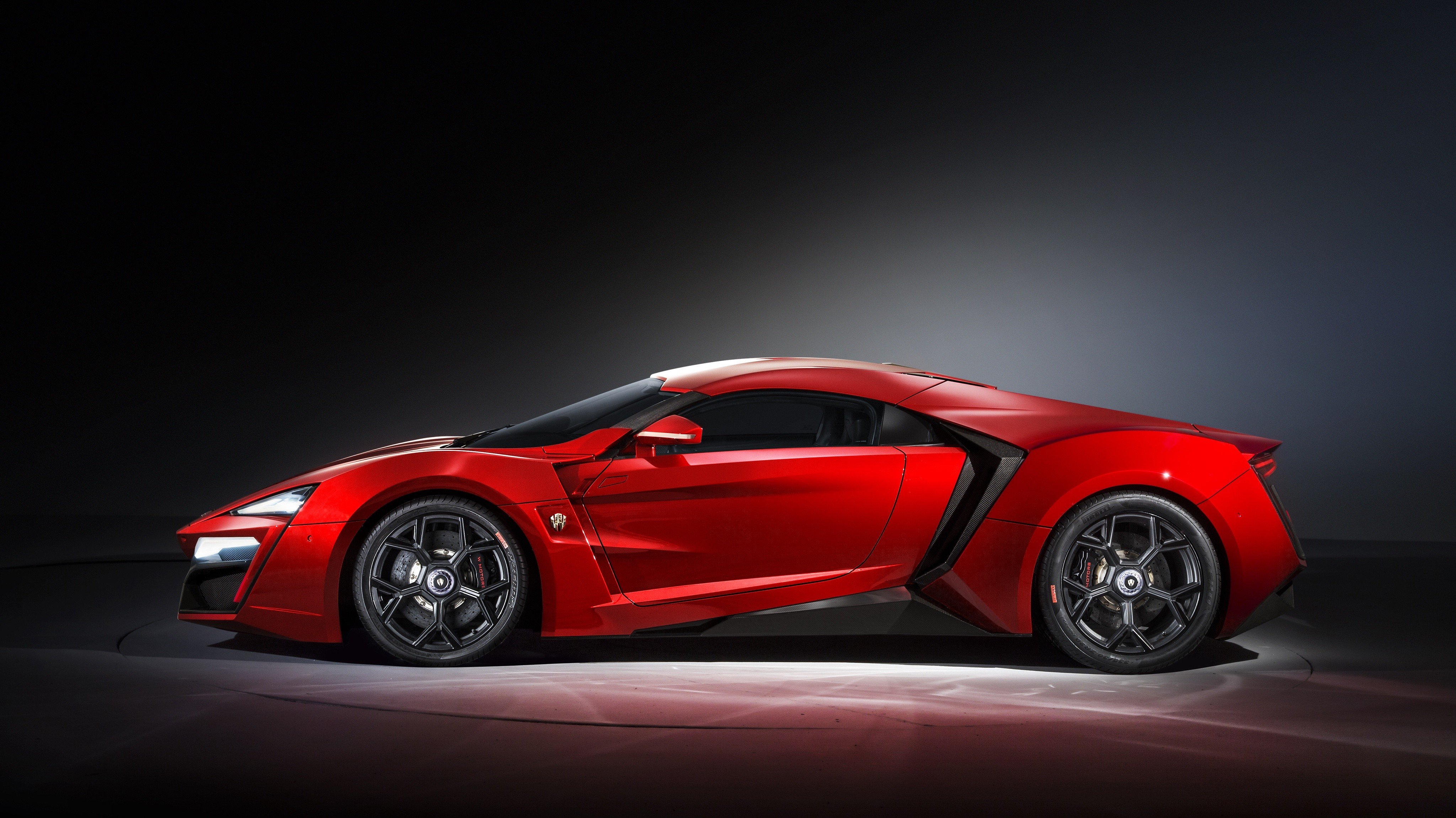Car Brand Reliability Rankings 2019: Your Definitive Guide to Dependable Driving
Car Brand Reliability Rankings 2019: Your Definitive Guide to Dependable Driving cars.truckstrend.com
Introduction: The Cornerstone of Automotive Ownership
In the complex world of automotive purchases, few factors weigh as heavily on a buyer’s mind as reliability. Car brand reliability rankings serve as critical benchmarks, offering invaluable insights into which vehicles are most likely to provide trouble-free ownership and which might demand frequent, costly trips to the repair shop. For 2019, these rankings provided a comprehensive snapshot of vehicle dependability, reflecting the performance and durability of models from previous years through extensive owner surveys and real-world data.
Car Brand Reliability Rankings 2019: Your Definitive Guide to Dependable Driving
Understanding the 2019 Car Brand Reliability Rankings isn’t just about curiosity; it’s about making informed decisions that impact your financial well-being, safety, and peace of mind. A reliable vehicle translates into lower long-term ownership costs, fewer unexpected breakdowns, higher resale value, and a more enjoyable driving experience. This comprehensive guide will delve into the specifics of the 2019 rankings, explore what drives these results, and offer practical advice for leveraging this historical data in your present-day automotive choices.
Understanding Car Reliability: What Does It Mean?
At its core, car reliability refers to a vehicle’s ability to operate consistently and as intended over time, with a minimal need for repairs beyond routine maintenance. It encompasses everything from the engine and transmission’s long-term durability to the functionality of advanced infotainment systems and power accessories.
Reliability is primarily measured through extensive data collection, typically involving:
- Owner Surveys: Major organizations like Consumer Reports (CR) and J.D. Power conduct annual surveys, asking owners about problems they’ve experienced with their vehicles within specific timeframes (e.g., 90 days, 12 months, or 3 years of ownership). These problems are often quantified as "problems per 100 vehicles" (PP100), where a lower number indicates higher reliability.
- Long-Term Durability Studies: Some studies track vehicles over many years and miles to assess their true longevity and the frequency of major component failures.
- Repair Histories: Data from independent repair shops can also offer insights into common issues across various makes and models.

In 2019, the focus was heavily on issues reported by owners of vehicles from the 2016-2019 model years. These reports highlighted not just mechanical failures but also issues related to in-car electronics, infotainment systems, and other emerging technologies that often prove to be initial pain points for new cars.
The Top Performers: Who Led the Pack in 2019?
The 2019 reliability rankings saw familiar names dominating the top spots, showcasing consistent engineering excellence and a commitment to quality. These brands typically distinguish themselves through proven powertrains, rigorous quality control, and a more conservative approach to introducing unproven technology.
- Lexus and Toyota: Consistently ranked at or near the top, these Japanese luxury and mainstream brands demonstrated exceptional reliability across their lineups. Their strength lies in refined, durable engines and transmissions, robust build quality, and user-friendly, well-tested technology. Owners frequently reported very few problems, solidifying their reputation for long-term dependability.
- Mazda: Continuing its upward trend, Mazda often earned high marks for its engaging driving dynamics coupled with strong reliability. Their Skyactiv technology, focusing on optimizing traditional internal combustion engines, proved reliable, and their infotainment systems were generally less problematic than those of some competitors.
- Subaru: With a strong emphasis on all-wheel-drive systems and Boxer engines, Subaru maintained a solid reputation for reliability in 2019. While some models might have had minor issues, the brand’s overall consistency and robust engineering kept it among the top performers.
- Kia and Hyundai: These Korean automakers continued their impressive ascent in reliability rankings. Their commitment to quality improvement, backed by strong warranties, paid off. They offered compelling value propositions with increasingly reliable engines, transmissions, and well-integrated technology.


These top-tier brands often shared common traits: a focus on manufacturing precision, thorough pre-production testing, and a tendency to prioritize function and durability over bleeding-edge, potentially problematic, features.
The Middle Ground: Brands with Room for Improvement
The middle tier of the 2019 reliability rankings comprised a diverse group of brands, some showing improvement, others holding steady, and a few experiencing mixed results. These brands often presented a more varied picture, with some models performing exceptionally well while others dragged down the brand’s overall average.
Common reasons for a mid-tier performance included:
- New Technology Glitches: Many brands struggled with the initial rollout of complex infotainment systems, touchscreen responsiveness, smartphone integration, and advanced driver-assistance features. These often registered as "problems" in surveys, even if they weren’t mechanical breakdowns.
- Specific Model Issues: A particular engine variant or transmission design within a brand’s lineup might have experienced higher-than-average issues, impacting the brand’s overall score.
- Inconsistent Quality Control: Some manufacturers showed variability in build quality across different plants or production runs.
- European Luxury Brands: Often, European luxury marques like BMW, Mercedes-Benz, and Audi found themselves in this tier. While renowned for performance, luxury, and advanced technology, their complexity sometimes translated into more reported issues, particularly with electronics and intricate systems.
Brands in this category included many American manufacturers (Ford, Chevrolet, Ram) and some European and Asian brands that didn’t quite reach the top tier but were far from the bottom. For buyers, this meant a deeper dive into specific model reliability within these brands was often necessary.
The Bottom Tier: Brands That Struggled with Reliability in 2019
At the lower end of the 2019 reliability spectrum were brands that consistently reported a higher number of problems per 100 vehicles. These struggles often pointed to more fundamental issues beyond minor electronic glitches, sometimes involving powertrain concerns or significant manufacturing defects.
Common pitfalls observed in lower-ranked brands included:
- Complex or Unproven Powertrains: Some brands introduced new engine or transmission designs that proved problematic in their early years, leading to widespread complaints.
- Persistent Electrical Issues: Beyond infotainment, some brands faced issues with power accessories, sensors, or other electrical components that were difficult to diagnose and repair.
- Build Quality Concerns: In some cases, owners reported issues related to rattles, squeaks, poor fit-and-finish, or premature wear of interior components.
- Infotainment System Frustrations: While a common issue across the board, some brands’ systems were particularly buggy, slow, or unintuitive, leading to high complaint rates.
It’s important to note that a low brand ranking doesn’t necessarily mean every single vehicle from that manufacturer is unreliable. However, it indicates a higher propensity for issues across their lineup, making them riskier choices for buyers prioritizing trouble-free ownership. Brands that frequently appeared in the lower tiers often included those undergoing significant redesigns or struggling with quality control.
Factors Influencing Reliability Rankings
Understanding the "why" behind the rankings is crucial for interpreting the data effectively. Several key factors contribute to a brand’s reliability score:
- Design & Engineering Philosophy: Brands that prioritize proven, robust designs and gradual, iterative improvements often fare better than those that rush cutting-edge, untested technologies to market. Simplicity can sometimes be a virtue in reliability.
- Manufacturing Quality & Supply Chain: The precision with which a vehicle is assembled, the quality of components sourced from suppliers, and the rigor of factory quality control processes play an enormous role.
- Technology Integration & Complexity: Modern cars are increasingly complex, packed with screens, sensors, and software. While innovative, these systems are often the source of initial reliability complaints, particularly regarding software bugs, connectivity issues, and user interface problems.
- Owner Maintenance Habits (Indirectly): While reliability surveys aim to capture manufacturing defects, a vehicle’s long-term durability is also influenced by how well owners adhere to maintenance schedules. However, initial reliability rankings primarily focus on problems attributable to the manufacturer.
- Data Collection Methodology: The specific questions asked, the timeframe of ownership surveyed, and the demographics of the survey participants can slightly alter rankings between different reporting agencies (e.g., J.D. Power vs. Consumer Reports).
Practical Advice for Buyers: Leveraging 2019 Reliability Data Today
Even though we’re years beyond 2019, these reliability rankings remain incredibly valuable, especially for used car buyers or those considering models that have seen minimal changes since then.
- Identify Consistent Performers: Brands that consistently ranked high in 2019 (Lexus, Toyota, Mazda, Subaru, Kia, Hyundai) often maintain their strong reliability in subsequent years. This consistency makes them safer bets for both new and used purchases.
- Focus on Specific Models, Not Just Brands: While brand rankings are a good starting point, always research the reliability of the specific model and model year you’re considering. A brand might be reliable overall, but a particular engine or transmission variant in one model year could be problematic.
- Consider the "Type" of Problem: Differentiate between minor annoyances (e.g., a glitchy infotainment system, squeaky interior trim) and major mechanical failures (e.g., transmission failure, engine issues). While all problems contribute to a lower reliability score, the severity impacts ownership costs and safety differently.
- Test Drive and Pre-Purchase Inspection: Reliability rankings are statistical averages. A thorough test drive and a pre-purchase inspection by an independent mechanic are crucial, especially for used cars.
- Warranty and Certified Pre-Owned (CPO): For models that had average or lower reliability scores in 2019, consider purchasing new with a strong manufacturer’s warranty or a Certified Pre-Owned (CPO) vehicle with an extended warranty for added peace of mind.
- Owner Reviews and Forums: Supplement official rankings with real-world owner reviews on dedicated forums and consumer websites. These can provide nuanced insights into specific recurring issues.
- Maintenance is Key: Even the most reliable car needs regular maintenance. Adhering to the manufacturer’s recommended service schedule is paramount for long-term dependability.
Challenges and Nuances of Reliability Data
While invaluable, reliability rankings come with their own set of challenges and nuances:
- Lag in Data: 2019 rankings reflect issues from vehicles typically 1-3 years old. This means the data provides a historical perspective rather than real-time insights into brand-new models.
- Definition of "Problem": What constitutes a "problem" can vary. A minor software glitch in the infotainment system might count the same as a major transmission repair in some survey methodologies, potentially skewing perceptions.
- Brand vs. Model Specificity: As noted, a brand’s overall score is an average. Some models within a generally reliable brand might have specific weak points, and vice-versa.
- Small Sample Sizes: Niche or low-volume brands might have less robust data due to smaller survey sample sizes, making their rankings less statistically significant.
- Driver Habits: While surveys try to account for it, individual driving habits and maintenance routines can influence a car’s perceived reliability.
Car Brand Reliability Rankings 2019: A Snapshot
Below is an illustrative table summarizing typical brand performance in 2019 reliability reports, based on aggregate data from major sources like Consumer Reports and J.D. Power. Please note that exact numerical scores and rankings can vary slightly between different reporting agencies due to methodological differences.
| Rank (Example) | Brand | Key Observation / Common Trait |
|---|---|---|
| 1 | Lexus | Consistently top-tier, exceptional durability, refined engineering |
| 2 | Toyota | Benchmark for mainstream reliability, robust powertrains |
| 3 | Mazda | Strong upward trend, balanced performance and reliability |
| 4 | Subaru | Solid reliability, particularly for AWD systems |
| 5 | Kia | Significant improvements, strong value and quality |
| 6 | Hyundai | Reliable, good value, comprehensive warranties |
| 7 | Acura | Strong reliability, often mirroring Honda’s strengths |
| 8 | Honda | Generally reliable, strong engines, some infotainment issues |
| 9 | Infiniti | Decent reliability, though sometimes overshadowed by Lexus |
| 10 | Porsche | Surprisingly reliable for a luxury/performance brand |
| 11-15 (Mid) | BMW | Strong performance, but electronics can be complex |
| Audi | High quality interior, but technology can present issues | |
| Chevrolet | Mixed bag, some strong models, others average | |
| Ford | Varied performance, some models strong, others with known issues | |
| Ram | Truck reliability can be strong, but some issues noted | |
| 16-20 (Lower) | Mercedes-Benz | Advanced tech can lead to more reported issues |
| Volkswagen | Mixed results, some models reliable, others less so | |
| Chrysler | Historically lower reliability scores | |
| Land Rover | Often at the lower end, complex systems, high repair costs | |
| Alfa Romeo | Performance focus, but reliability often a concern |
Note: This table provides an aggregated example based on common trends observed in 2019 reliability reports. Specific rankings can vary slightly depending on the reporting agency and its methodology.
Concluding Summary: Driving with Confidence
The Car Brand Reliability Rankings of 2019 provided a valuable benchmark for consumers seeking dependable vehicles. They highlighted brands that consistently deliver trouble-free ownership through meticulous engineering and quality control, while also pointing out areas where others struggled, often with the integration of new technologies.
While a few years have passed since these specific rankings, the trends they revealed — particularly the consistent performance of certain brands and the common challenges faced by others — remain highly relevant. By understanding these historical insights, differentiating between types of problems, and combining data with thorough personal inspection, you can make a more confident and informed decision, ultimately leading to a more satisfying and less stressful automotive ownership experience. Choosing reliability isn’t just about avoiding headaches; it’s about investing in peace of mind.
Frequently Asked Questions (FAQ) about Car Brand Reliability Rankings 2019
Q1: Why are Japanese brands (like Lexus, Toyota, Mazda) often at the top of reliability rankings?
A1: Japanese brands have historically prioritized proven engineering, meticulous manufacturing processes, and a cautious approach to integrating new, unproven technologies. They often use robust, well-tested components and focus on long-term durability, leading to fewer reported problems by owners.
Q2: Does a low reliability score in 2019 mean I should never buy a car from that brand?
A2: Not necessarily. A low brand reliability score indicates a higher average number of reported problems across the brand’s lineup in 2019. However, specific models within that brand might have performed better, or the issues might have been minor (e.g., infotainment glitches). It means you need to do more in-depth research on the specific model and model year you’re interested in, and factor in warranty coverage.
Q3: How often do reliability rankings change significantly?
A3: While top and bottom performers tend to be consistent year-over-year, there can be notable shifts. Brands often make concerted efforts to improve quality, and the introduction of new models or technologies can impact rankings. Significant changes usually occur over several years rather than dramatically year-to-year.
Q4: Is "reliability" the same as "quality" or "durability"?
A4: They are related but distinct.
- Reliability refers to the frequency of problems and breakdowns.
- Quality often encompasses the fit-and-finish, materials used, and overall craftsmanship. A car can be high quality (nice interior, good paint) but still have reliability issues (frequent electrical problems).
- Durability refers to a vehicle’s ability to withstand wear and tear over a long period and high mileage. Reliability contributes to durability.
Q5: Where can I find the most up-to-date reliability information for current models?
A5: For the most current information, consult leading consumer reporting agencies that conduct annual surveys. Key sources include:
- Consumer Reports: Known for its extensive member surveys.
- J.D. Power: Publishes various studies, including Vehicle Dependability Study (VDS) and Initial Quality Study (IQS).
- RepairPal: Offers data on repair costs and common issues.
Always look for the most recent year’s reports, as reliability can evolve with new model generations.





